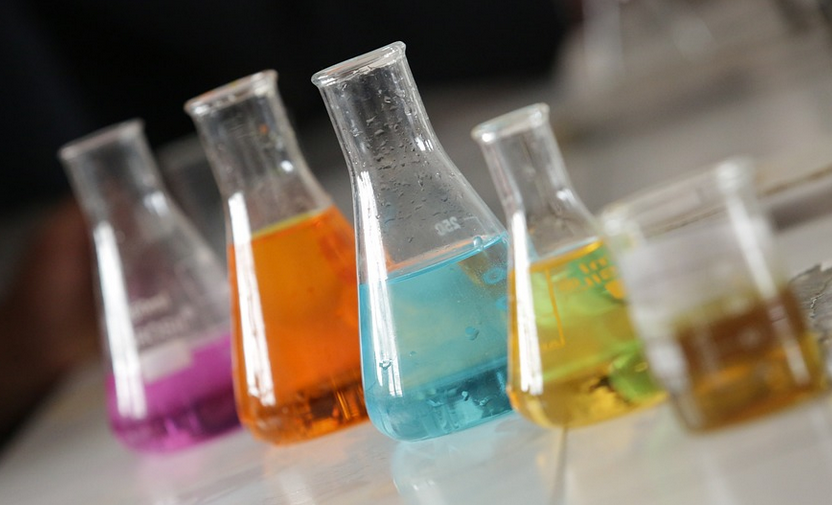Introduction
Have you ever wondered what makes your favorite snack or drink taste so good? The answer lies in the chemical formula of artificial flavor. In this article, we will explore what artificial flavors are made of and how they are created.
What Are Artificial Flavors?
Artificial flavors are chemically synthesized compounds that mimic the taste and aroma of natural flavors. They are widely used in the food and beverage industry to enhance the taste and smell of products. Artificial flavors can be created to taste like anything from strawberry to pizza!
How Are Artificial Flavors Made?
Artificial flavors are made using a combination of natural and synthetic chemicals. These chemicals are carefully selected and blended together to create a unique flavor profile. The process of creating artificial flavors is highly complex and requires a lot of expertise.
Step 1: Identifying the Desired Flavor
The first step in creating an artificial flavor is to identify the desired taste and aroma. This is done by analyzing the natural flavors of the food or drink that is being replicated. Once the desired flavor is identified, the chemical compounds needed to create it are selected.
Step 2: Mixing the Chemical Compounds
The next step is to mix the selected chemical compounds together. The proportions of each compound are carefully measured to ensure the desired flavor is achieved. This process can be done manually or using specialized equipment.
Step 3: Testing and Refining
Once the chemical compounds are mixed, the artificial flavor is tested to ensure it tastes and smells like the desired natural flavor. If the flavor is not quite right, the recipe is adjusted and the process is repeated until the perfect flavor is achieved.
What Chemicals Are Used in Artificial Flavors?
The chemicals used in artificial flavors vary depending on the desired taste and aroma. Some of the most commonly used chemicals include:
– Vanillin (vanilla flavor)
– Ethyl maltol (cotton candy flavor)
– Methyl anthranilate (grape flavor)
– Isoamyl acetate (banana flavor)
– Methyl cinnamate (strawberry flavor)
Are Artificial Flavors Safe?
Artificial flavors are generally considered safe for human consumption. The U.S. Food and Drug Administration (FDA) regulates the use of artificial flavors in food and beverage products to ensure they are safe for consumption. However, some people may have an allergic reaction to certain artificial flavors, so it is important to read product labels carefully.
Conclusion
In conclusion, the chemical formula of artificial flavor is a highly complex and carefully crafted mixture of natural and synthetic compounds. While some people may have concerns about the safety of artificial flavors, they are generally considered safe for human consumption when used in moderation. So, the next time you enjoy your favorite snack or drink, remember that the delicious taste and aroma is the result of the hard work and expertise that goes into creating artificial flavors.

